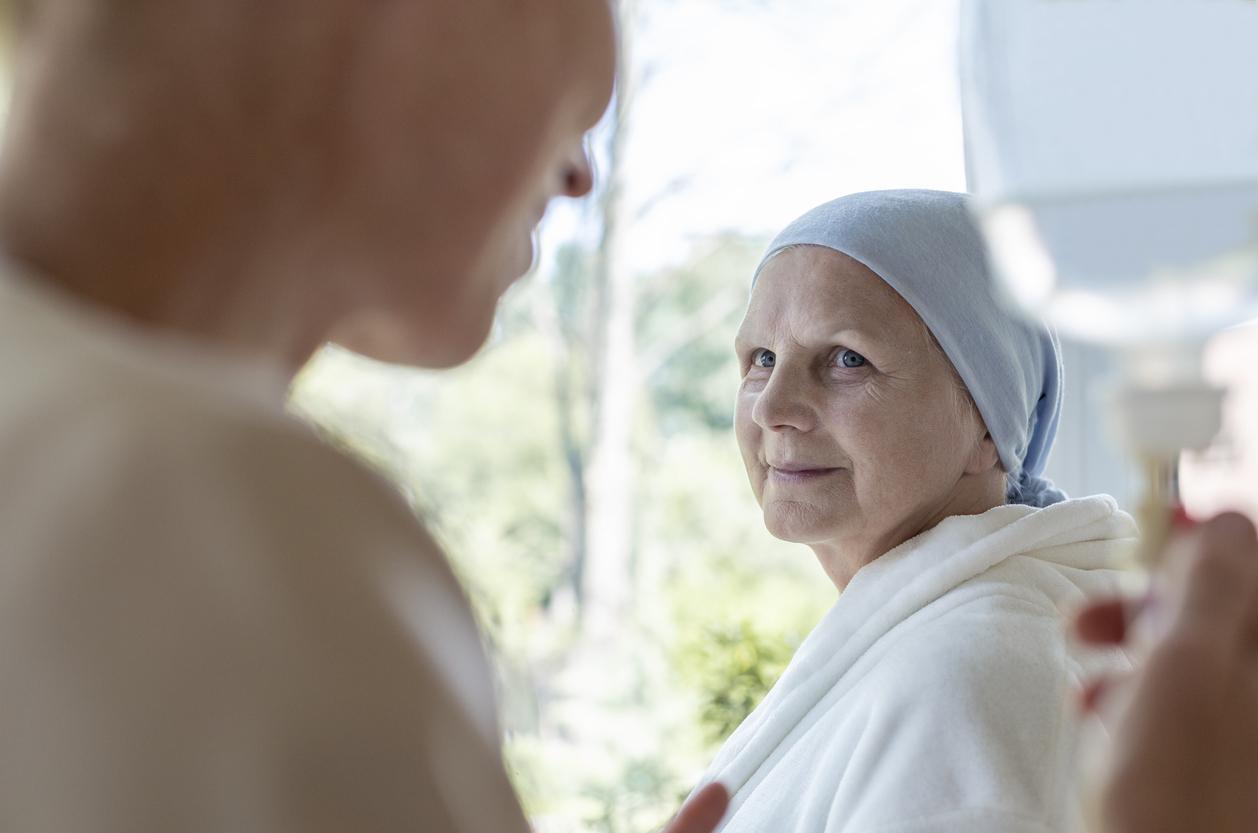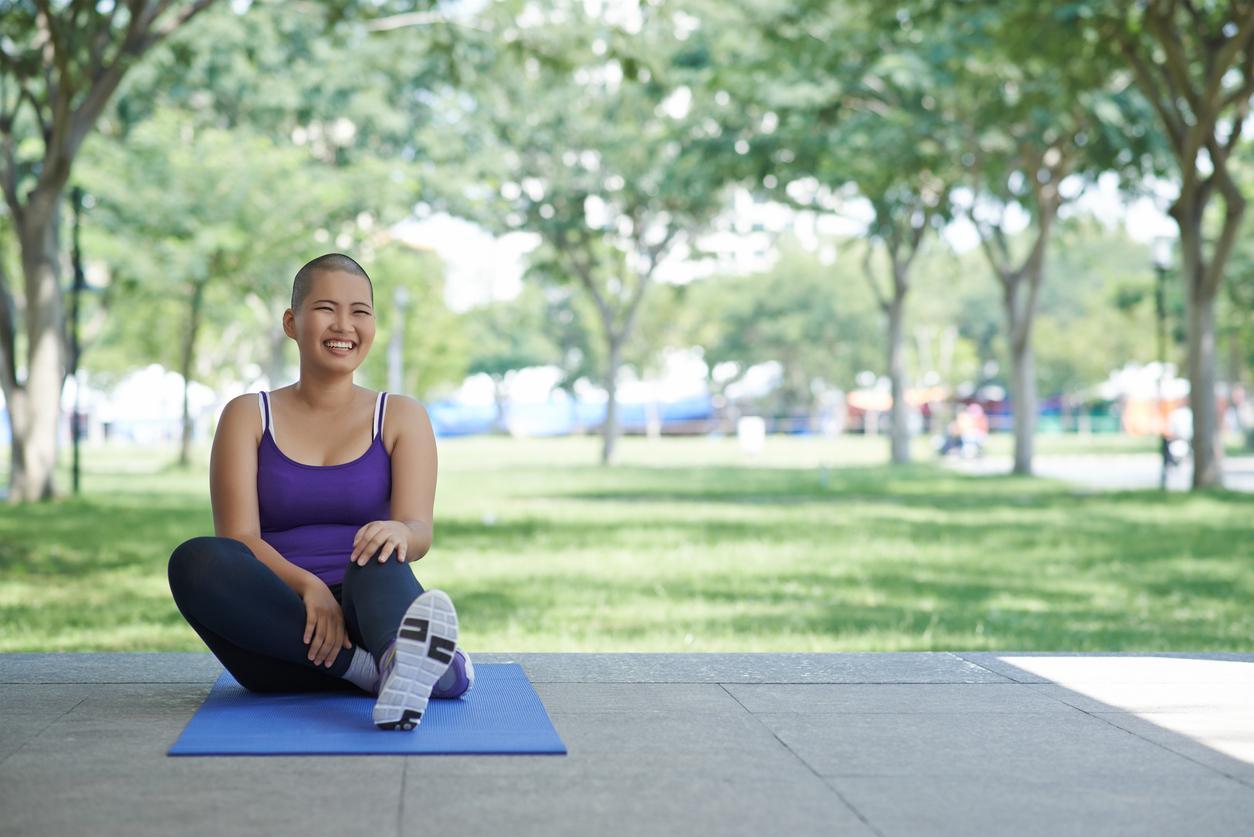May 24, 2002 – It was in the conservative context of a Minnesota hospital where massage is still seen as an innocuous fantasy that Janice Post-White1 initiated research to determine the effects of massage and therapeutic touch on pain, nausea, fatigue and anxiety in people receiving chemotherapy treatments for cancer. It was a question of verifying if these two techniques were more effective than a simple comforting presence, without physical contact.
For this study, 230 patients receiving repetitive and identical cycles of chemotherapy were recruited and 164 completed the study. Half of the patients were placed at random in one of the three intervention contexts for 45 minutes, once a week: massage, therapeutic touch or simple presence of the therapist. After four weeks, the other group of patients was randomly subjected to one of the three procedures, while the first “treated” became the control group.
The study revealed that the “presence” type treatment had no significant impact on any of the four symptoms; moreover, many of the patients assigned to this approach dropped out of research along the way. According to precise observation charts, the level of pain and fatigue was reduced by both massage and therapeutic touch, but only in the short term. However, only the massage recipients were able to reduce their consumption of pain medication. But there was no significant reduction in nausea, although some patients have reported taking less antiemetics after treatment. In this regard, the researcher notes that these symptoms were not very marked at the start and that a minimal reduction could hardly have been measured. The anxiety does not seem to have diminished appreciably either.
It seems obvious that such a light intervention cannot give marked benefits in the medium or long term. Why, then, only one treatment session per week? Mainly because it was difficult for a population living in a large area to come to the hospital more than once. As for the 45 minutes, it was the maximum length that the researchers had determined to be tolerable by people not used to such intimate contact. “A single treatment per week is perhaps not optimal but, in the context, it is what was practicable”, recognizes the researcher.
The research data therefore do not clearly demonstrate the medium and long-term benefits of a limited intervention with massage and therapeutic touch for this population, but the testimonies of the subjects provide a different picture. Indeed, the majority of them spoke of an improvement in their condition for periods of two to three days after the intervention and communicated their satisfaction to their oncologist, expressing the wish that this care would still be available to them.
The massages given were gentle – due to the hypersensitivity of the clientele – and a large portion of the time was spent massaging the face and head, generally the least painful area of the body in people on chemotherapy. The same relaxing music was played during each of the three interventions.
Lucie Dumoulin – PasseportSanté.net
Based on a presentation by Janice Post-White, “Massage therapy and therapeutic touch in the treatment of cancer,” given at the 1st International Congress on the Science of Touch, Montreal, May 18, 2002.
1. Ms. Janice Post-White, Ph.D., is Associate Professor at the University of Minnesota and Professor of Oncology Nursing at theAmerican Cancer Society.

















